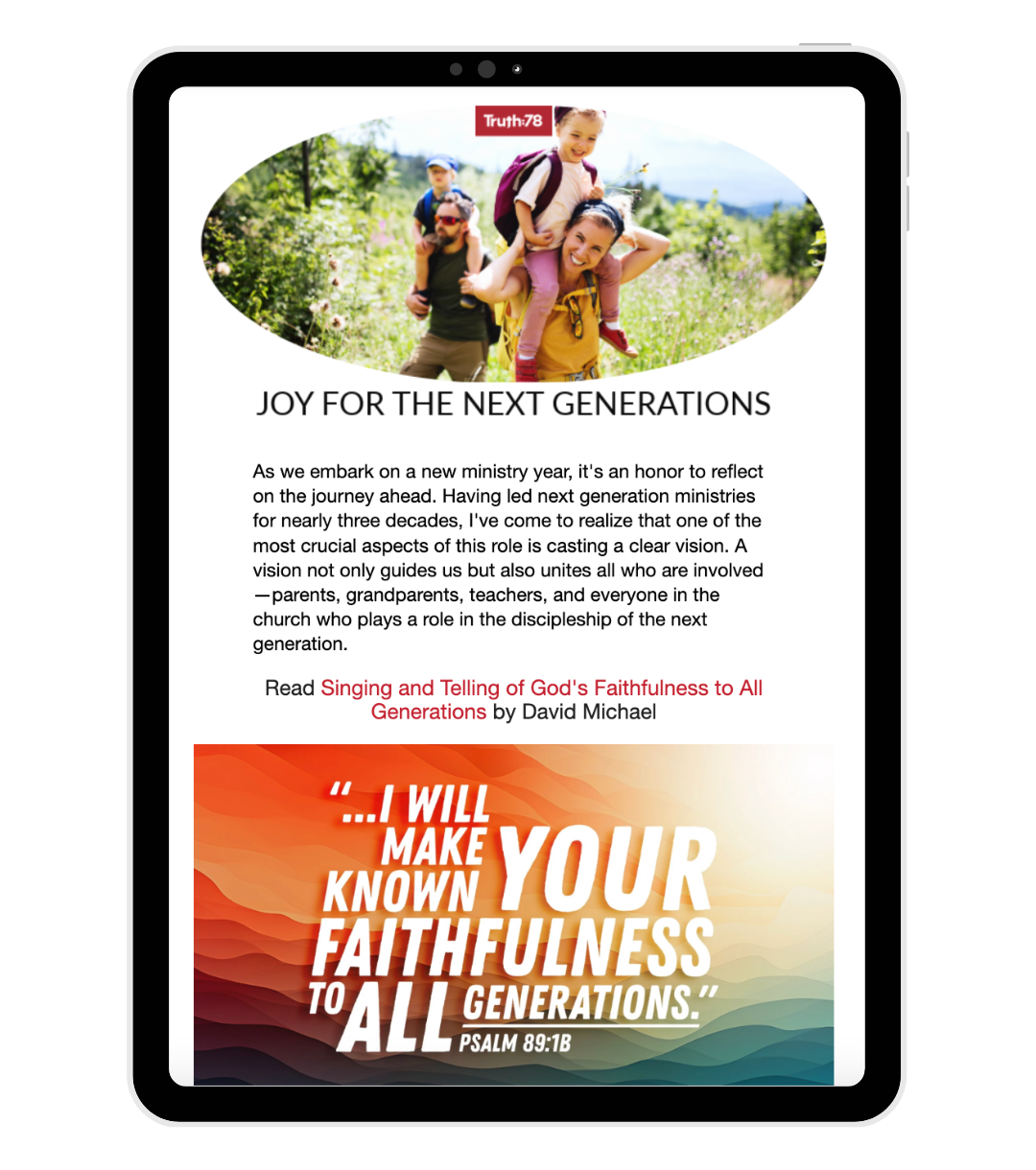We are so thankful for our many long-term ministry partners who have been using our curricula for years. You eagerly jumped in and began teaching our curricula even before we had fully completed our scope and sequence. Since those early days we have had time to start the process of improving our curricula—making them more teacher and student friendly. What’s the difference between the older versions and the newer revised curricula? Why upgrade the old to the new after all these years? Here is a testimonial from a teacher who transitioned from the older versions to the newer revised versions:
The curriculum has been sharpened to provide teachers with a more effective tool so that they can focus more of their attention on content, less on visuals and props. The new revisions include:
- Consistent format. From one curriculum to another, the fonts are the same, the headings are the same, and the most necessary information is delivered in the same place and order. Though each title has a unique focus in content, outwardly they look the same—making it easier to transition from teaching one to another from year-to-year.
- More visuals. No more hunting for just the right picture! Original photography and artwork replace clipart, making sure each visual is “just right” for the point it is making. Extra visuals have been provided even, in the case that teachers cannot find some of the necessary props for concrete illustrations.
- Revised illustrations and expanded lesson content. Each author has taken opportunity to review and revise content. In some cases, illustrations have changed to something that works better, or lesson instruction has been expanded to offer more clarity about theological points.
- More interactive application activities. Remember workbooks? They are now more closely integrated into the Small Group Application time. They are essential tools, giving children a place to complete activities during the application discussion after the lesson. Offering a variety of fill-in-the-blank, matching, crafting (for younger children), short answer, and even basic diagramming activities. Application discussion becomes increasingly visual and concrete.
- More training tools. This is a product that seeks to help users utilize it well. Training content for recommended classroom structure, time usage, and roles has been added to the introduction and appendix, as well as articles involving common classroom situations regarding ministering to children from non-Christian homes or children with special needs.
I have now been able to teach using two different “revised” curricula, and the difference is clear. More of my energy is spent on lesson content, on finding just the right words to reach the 8 particular children in my class, and less on making visuals. More of my energy is spent helping the two women on my team savor the truths we are teaching, and less on helping them understand illustrations and visuals. After enjoying a summer off teaching, when I opened my new curricula for fall, it was like being greeted by an old friend. It was a different title with different content—but same look, same format, same structure. We settled right into the work of teaching truth.
A lot of publishers “revise” products as a ploy to increase sales. This revision is no ploy—it is a strategy and a prayer. The strategy is to help churches better fight the fight of faith in children’s ministry by giving them excellent tools to instruct, engage, influence, and proclaim God’s glorious gospel to the next generation. The prayer is that by doing so, more children will hear and heed the glorious deeds and righteous ways of the Lord, and “set their hope in God” (Psalm 78:7).
To see if you might be eligible for a free or reduced price upgrade on our revised curriculum, please contact our Customer Care team.
Also, see Revised and Enhanced Curriculum for more details.







